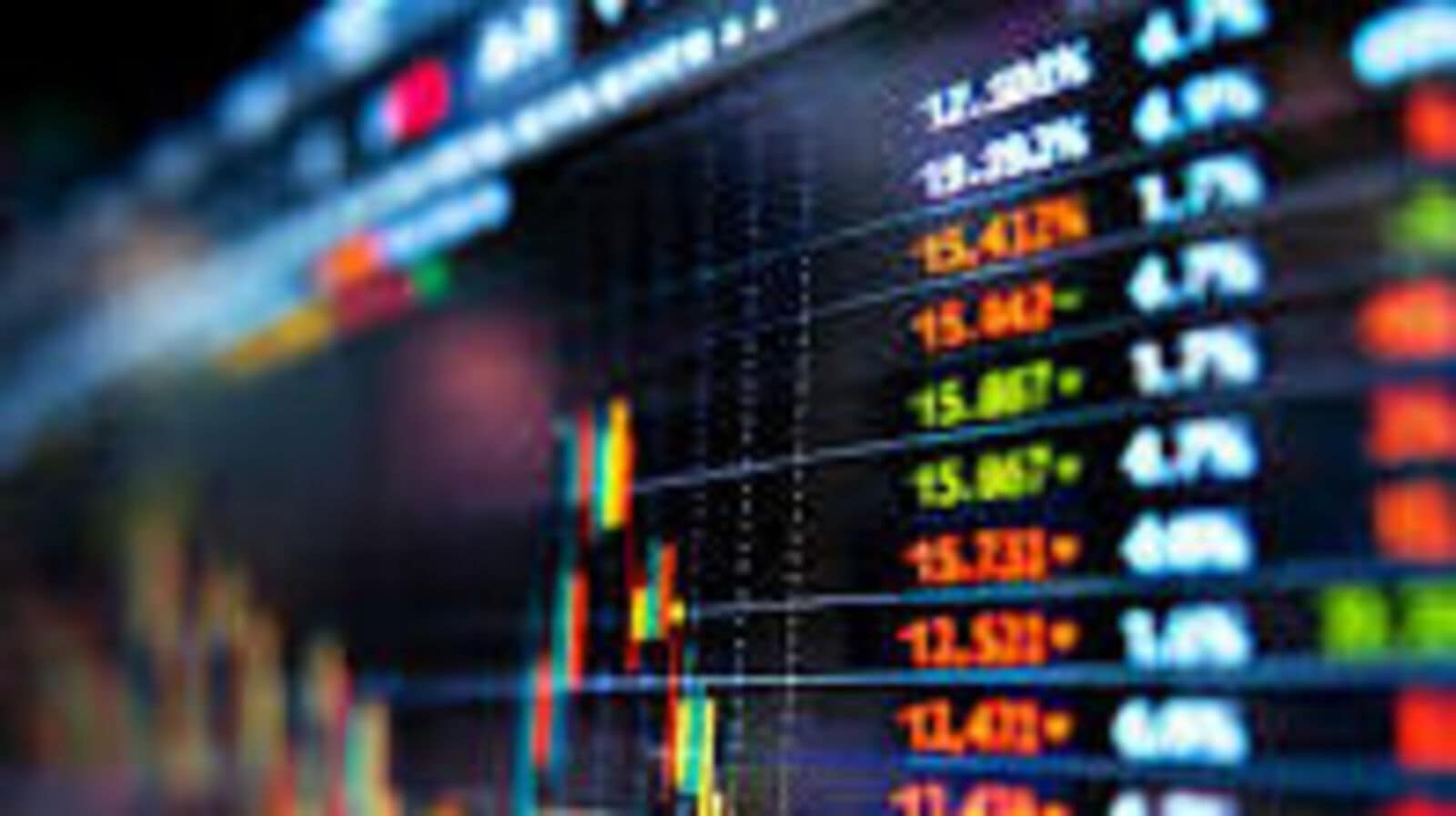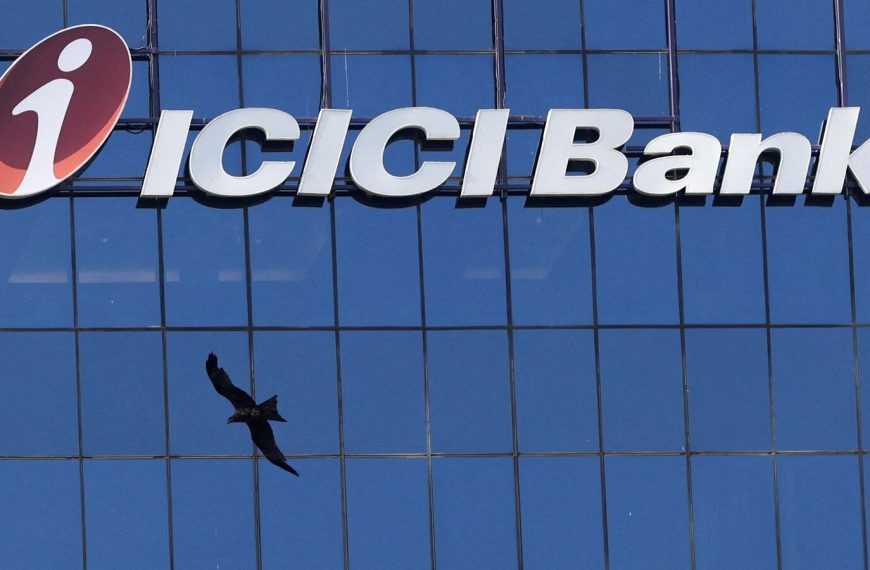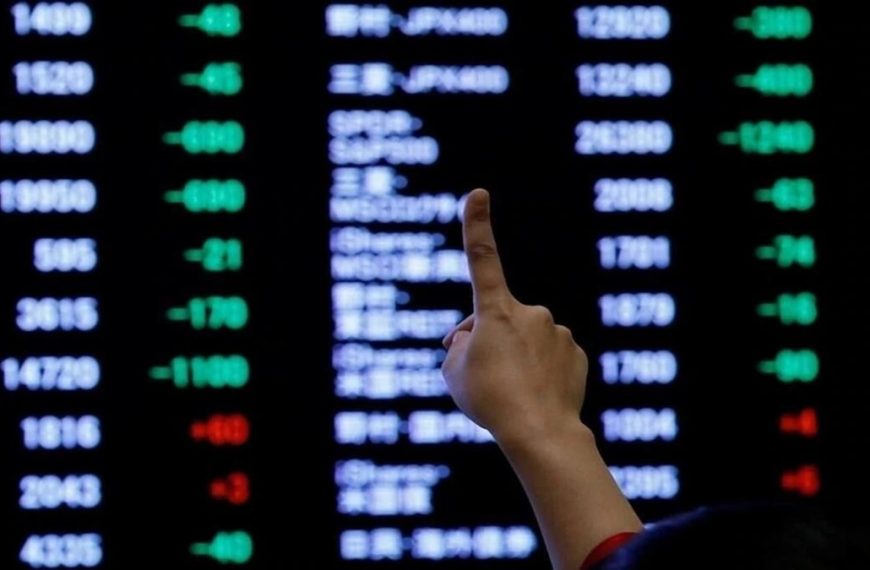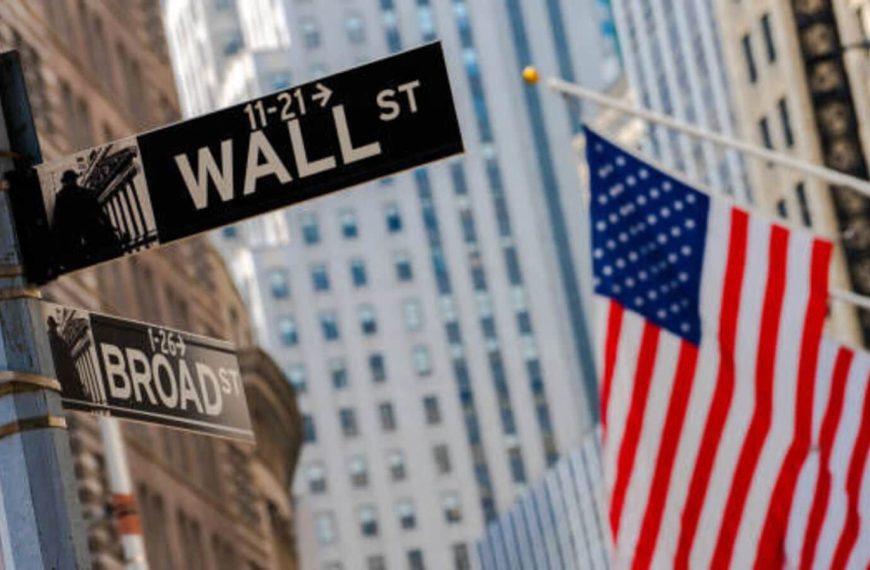Goldman Sachs Group Inc. recently announced remarkable results, marking its highest-ever quarterly performance in equity trading. This achievement follows similar milestones reported by JPMorgan Chase & Co. and Morgan Stanley just a week earlier, all attributed to market volatility stemming from various bold policies introduced by President Trump. As uncertainty lingers regarding the impact of recent tariffs, bank leaders are optimistic about the current trading environment, suggesting that this trend may persist for the time being.
Record-Breaking Trading Performance
Morgan Stanley’s CEO, Ted Pick, highlighted that the momentum from the first quarter has carried into the second quarter. He emphasized the ongoing engagement with clients, stating, “There’s a lot of client interaction, and the animal spirits are still there as folks attempt to navigate these changes.” The unpredictability in the markets, particularly due to Trump’s proposed tariffs—the steepest in over a century—has led to significant trading activity.
- JPMorgan experienced some of its highest trading volumes during early April, while Bank of America reported a surge in trading activity, peaking at 50% more compared to the prior year.
Volatility in the Markets
The fluctuating markets present both opportunities and risks for traders. This phenomenon, often referred to as ‘good volatility’ when traders capitalize on it, can swiftly turn into ‘bad volatility’ if investors opt to avoid the market, potentially leading to decreased liquidity. The recent volatility has also affected stock markets and increased yields on U.S. Treasury bonds, prompting discussions about their safety and the potential for intervention by the Federal Reserve.
Jeremy Barnum, CFO of JPMorgan, pointed out, “There are definitely forms of volatility that can adversely affect the market’s franchise.” Despite some skepticism about the good vs. bad volatility narrative, he acknowledged its relevance in the current landscape.
Impressive Revenue Growth
In the first quarter, JPMorgan reported a staggering 48% increase in equities revenue, reaching $3.81 billion, surpassing both analyst expectations and the bank’s previous record from four years ago. Morgan Stanley also achieved a record of $4.13 billion, a 45% increase from the previous year. Following suit, Goldman Sachs revealed that its equity trading revenue hit $4.19 billion, an all-time high.
Goldman CEO David Solomon noted, “There were shifting perspectives before April 2nd that led to increased activity.” While it’s still early in the second quarter, he expressed confidence in the bank’s trading performance, stating, “Clients are active, people are shifting positions, and we continue to see significant activity levels.”
Market Maker Response
Prominent market-making firms like Citadel Securities and Virtu Financial Inc. are also reaping the benefits of heightened volatility. They experienced record trading volumes in April, demonstrating the industry’s capacity to handle increased activity without disruptions. Virtu’s CEO, Doug Cifu, credited this success to lessons learned from past market events, highlighting the competitive nature of the industry that drives innovation.
Exchange Platforms Thrive
The exchanges where stocks, options, and futures are traded have also seen record activity. CME Group Inc., the leading U.S. derivatives platform, noted that three of its top five volume days occurred within the first two weeks of April. Furthermore, Cboe Global Markets Inc. announced that eight out of ten volume records for options on the S&P 500 were established in just 2025.
The Path Ahead
With the unpredictable rollout of Trump’s tariff policy, market volatility is expected to remain high. Recent announcements from the administration regarding exemptions for certain consumer electronics from tariffs have added to the uncertainty. As Jamie Dimon, CEO of JPMorgan, cautioned, the ripple effects could lead to reduced bond deal volumes and lower trading levels in certain markets, making future outcomes difficult to predict.
This dynamic trading environment promises ongoing intrigue for financial professionals and investors alike as they navigate the complexities of the current market landscape.











